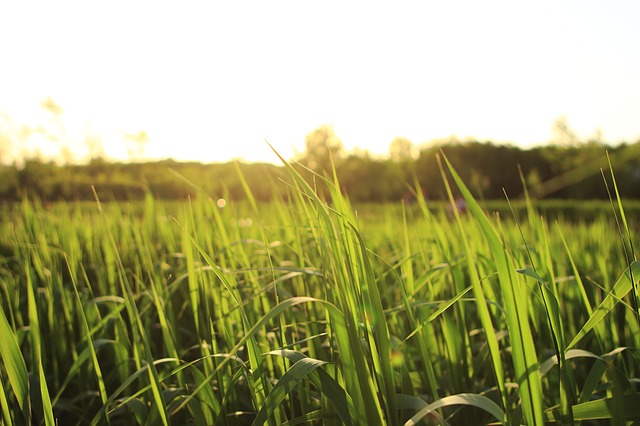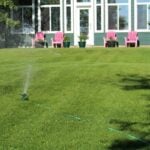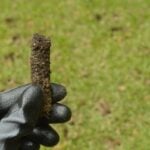
The very mention of August draws an immediate groan out of Dallas-ites, both young and old. As students transition from days relaxing by the pool into nights crying at the library, homeowners will be scrambling to prepare their lawns for winter while drenched in sweat (cue rant about erratic Dallas weather). But worry not! We have compiled a list of top 3 concerns that have tripped the distress signal for many of our clients during this month of harsh realities. So sit back, grab an ice-cold glass of Texas tea, and take a look at the list below.
Would you rather not deal with your lawn problems? LawnStarter provides convenient lawn service in Dallas and Fort Worth.
1. Crabgrass. Difficult to recognize early in the year, but very evident toward late summer or fall. Crabgrass must be handled with care because most people don’t realize it’s a problem until it’s too late. Unfortunately, broadleaf weed control products just won’t cut it. Manual removal will not be a long-term solution, so we recommend that you save yourself valuable time and effort and attack the problem beneath the surface. In order to eliminate the problem once and for all, you’ll need a good dose of lawn treatment/fertilizer.

2. Yellow/Brown patches. Don’t be fooled by these . These may look like dead patches of grass resulting from dryness or water deficiency, but it’s not that simple. Because they arise from fungi living in the soil, these unsightly blemishes can spread through the entirety of your lawn rapidly and inconspicuously. These fungi act as parasites and cause the turf to become patchy with large discolored circles. Damage is usually treatable, as long as they are handled with a quality fertilizer.
Solution for 1 & 2: High quality lawn treatments. We strongly recommend using a professional for these treatments, as the chemicals are superior than to what you would purchase at your local hardware store. Ideally, your lawn should receive 5-8 applications throughout the year, each spaced out by 4-6 weeks. However, if you’re just now reading this in August, it’s still not too late to fit in a few applications before the cold weather rolls in!
3. Fire ants. Red imported fire ants in the state of Texas alone cause damages estimated at $1.2 billion per year. They infest both rural and urban areas, meaning that no one is safe. If you’re wondering what’s drawing them to your lawn, it’s likely that somewhere nearby there are sugars, meat proteins, and/or lipids from seeds. There is only one way to keep these pests away: persistence. Regularly applying insect treatments throughout your lawn is the only way to ward off these aggressive invaders. Note that the effects will only last as long as your efforts do; otherwise, they’ll come back and pick up right where they left off.
Taking on these challenges can be a difficult task, especially when you’re trying to juggle several other summer-fall transitions at the same time. But don’t get discouraged! If you run into issues, our lawn care specialists are always ready to step in and help.Visit our Dallas lawn care page to find out about additional services and pricing information.






